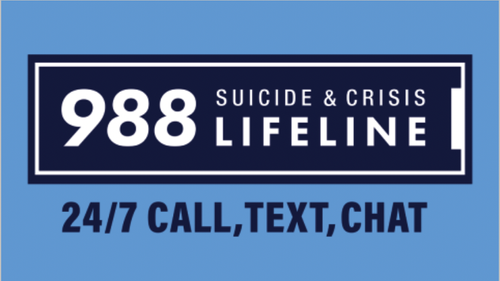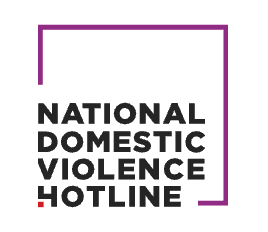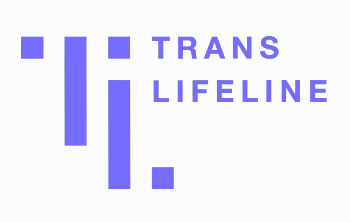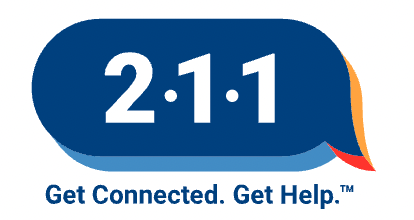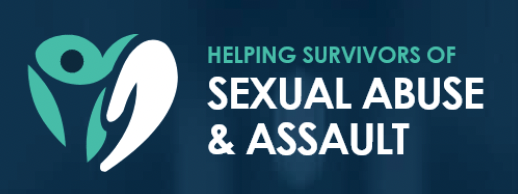Eating disorders affect millions of individuals worldwide.
These complex conditions go beyond just food habits. They intertwine with emotions, self-image, and societal expectations, creating a tangled web that can feel insurmountable.
But eating disorders are not just inconvenient; they can be very dangerous.
Recovery is essential for physical health, emotional well-being, and quality of life.
The journey towards healing is often challenging, but it is also profoundly transformative.
It requires courage and the right tools to navigate this path – and that’s where CBT therapy for eating disorders comes in.
Sometimes, combined with other therapies, CBT (Cognitive Behavioral Therapy) offers a great deal of potential benefit to anyone who is suffering from an eating disorder.
There is no reason you should have to go through it all alone!
1. Identifying Negative Thought Patterns
Recognizing harmful beliefs about food and body image is a critical step in eating disorder recovery.
Often, individuals internalize distorted thoughts, such as “I’m not worthy unless I look a certain way” or “Eating this food will mean I’ve failed.”
These extreme beliefs (often called or confused with “cognitive distortions”) can infiltrate daily life, affecting meal choices and social situations.
Acknowledging these pervasive thought patterns is the first step toward shaping a healthier relationship with oneself and food.
It’s essential to remember that these thoughts do not reflect reality but rather stem from a complex web of personal experiences and external pressures.
CBT therapy for eating disorders will generally involve practices aimed at identifying these thought patterns and tracing them back to their origin points so they can be addressed decisively.
Awareness of your thought processes is a precursor to change.
2. Challenging Distorted Beliefs
Once you have identified negative thought patterns in your relationship with food and body image, the next critical step is to learn how to challenge and reframe these distorted beliefs.
Techniques such as cognitive restructuring can be immensely beneficial in this process.
For instance, if a thought arises that says, “I will never look good enough,” it can be transformed into a more supportive affirmation like “My appearance does not determine my worth.”
This shift refocuses attention away from superficial value measures and promotes healthier self-esteem improvement.
Essentially, the main goal is to be more compassionate toward yourself and recognize when you are being irrationally self-critical or unreasonably harsh in your judgment of yourself.
3. Building a Healthier Relationship with Food
Setting realistic goals around food habits is crucial for sustaining recovery without the weight of guilt associated with “bad” foods.
Instead of rigid restrictions and harsh condemnations, CBT therapy for eating disorders may involve setting small, achievable objectives like incorporating one new fruit or vegetable into your meals each week or allowing yourself dessert once a week without shame.
These kinds of goals allow for enjoyment and help establish positive reinforcement as you recognize the success in listening to your body’s needs—an essential component highlighted in.
Measures like this also help mitigate cravings and other things that make it difficult for someone with an eating disorder to maintain a healthy diet or eating habits.
4. Enhancing Self-Compassion Through Mindfulness
Self-compassion plays a pivotal role in recovery from eating disorders, offering individuals a pathway to embrace their humanity and imperfections.
Unlike self-esteem, which can fluctuate based on external achievements or comparisons to others, self-compassion is about recognizing one’s inherent worth regardless of circumstances.
It involves treating oneself with kindness during difficult times rather than succumbing to self-criticism.
This gentle approach allows individuals to create a safe emotional space that fosters healing and encourages the pursuit of recovery and overall well-being.
CBT therapy for eating disorders may involve mindfulness practices and other techniques which are designed to cultivate a kind of space within your mind where you are safe from your own unreasonably harsh judgments.
It’s often easy to recognize when someone else is being unjust toward you, but it can be much harder to recognize when you are being a bully to yourself.
5. Outside of the Therapist’s Office: Sustaining Recovery Beyond CBT
The process of recovering from an eating disorder does not end when your time with your therapist is up; instead, it transforms into a new chapter of ongoing personal growth and development.
A robust support network can significantly enhance long-term well-being post-CBT.
Seeking additional resources such as nutrition education workshops, online forums, and community support groups can also provide a sense of connection and understanding among peers who share similar experiences.
For example, joining a group focused on intuitive eating can offer practical guidance on aligning one’s relationship with food while sharing insights and struggles in a nurturing environment.
Additionally, continued collaboration with healthcare providers—whether nutritionists or therapists specializing in eating disorders—ensures that individuals have access to tailored advice that respects their unique recovery needs.
Personalizing self-care strategies is another critical component for sustaining progress after CBT.
Setting realistic goals related to nutrition, exercise, or body image allows individuals to focus on small but impactful changes without feeling overwhelmed by expectations.
For instance, someone recovering from an eating disorder might aim to experiment with new recipes each week as part of developing a more positive relationship with food—which also fulfills the role of enjoyable self-care!
Establishing routines incorporating mindfulness practices—for example, meditation or journaling—can help reinforce resilience against setbacks by fostering a kinder internal dialogue.
Embracing the Journey to Recovery
In summary, CBT therapy for eating disorders offers a transformative path for individuals facing eating disorders.
It helps identify and challenge harmful thought patterns, promoting healthier relationships with food and body image.
By employing the strategies discussed throughout this article, you can take meaningful steps toward recovery.
Remember that seeking help is a crucial first step.
Utilize the tools from your therapist that resonate with you and help you continue moving forward in a positive and healthy direction.
Recovery is not an overnight process; it requires patience, compassion, and commitment.
Embrace each small victory along the way and know that support is available as you navigate this journey toward healing.
And remember to be good to yourself. 🙂






















